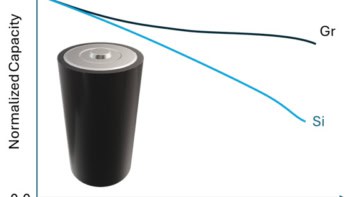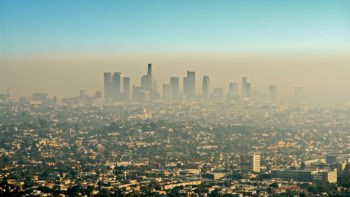
An early form of plate tectonics on a hotter young Earth may have been responsible for the initial rise of the Earth’s great landmasses and even for an increase in atmospheric oxygen levels, new modelling suggests.
Rocks older than 3 billion years are rare on Earth, suggesting most of the continents we see today formed after this time. However, previous research has suggested that the total volume of continents 3 billion years ago was already 60–70% of what it is today. Priyadarshi Chowdhury and collaborators at Ruhr-Universität Bochum (RUB), Germany, and the Swiss Federal Institute of Technology (ETH), Zurich set out to tackle this conundrum, publishing their findings in Nature Geoscience.
The researchers investigated how plate tectonics may have operated differently on a hotter, younger Earth. Plate tectonics is associated with the majority of crust production, at mid-ocean ridges and volcanic arcs, as well as crust recycling (in the form of subduction), so it’s likely that there’s a close link between the histories of crustal growth and recycling, and the style of plate tectonics.
The mechanism of plate tectonics is closely related to the thermal state of the planet’s interior. The Earth has cooled throughout its history as the heat produced from its initial formation slowly dissipates. Today, modern plate tectonics operates with extensive oceanic crust production and recycling, while there is relatively little recycling or production of continental crust. Chowdhury and his colleagues investigated how these plate tectonic processes differed on a younger Earth with a hotter interior.
This embryonic plate tectonics differed from the modern setup chiefly during mountain building, which occurs when two continental fragments collide. Today, the last piece of ocean crust left in between detaches and sinks into the mantle, taking only a small amount of continental crust with it. Three billion years ago, such collisions may have removed large portions of the lower continental crust. This removal, and melting processes that added extra new crust, made the remaining upper crust less dense.
The less dense crust was much more likely to survive, rather than being recycled into the mantle during later collisions. This is probably why nearly all of the modern crust is younger than 3 billion years. It could also lead to the crust having a higher average elevation, perhaps giving the first emergence of the continents above the oceans.
Other scientists have shown that the emergence of the continents may have led to changes in the composition of gases emitted from volcanoes. And changes in the composition of the crust may have influenced weathering cycles that provide long-term controls on atmospheric composition.
This period also saw the atmosphere switch from a methane-CO2-rich state, to one with significant free oxygen. It’s possible the formation of the continents and the origins of an oxygen-rich atmosphere are linked. “The changes that occur in the skin of Earth, that is, the atmosphere and lithosphere, are a reflectance of the processes operating deep inside it,” Chowdhury told environmentalresearchweb.
Processes as seemingly unrelated as cooling of the Earth’s interior and the appearance of free oxygen in the atmosphere could be more closely linked than we thought. “We need to unify different lines of evidence to explain such an intricate link and understand the infant Earth’s dynamics” said Chowdhury.



